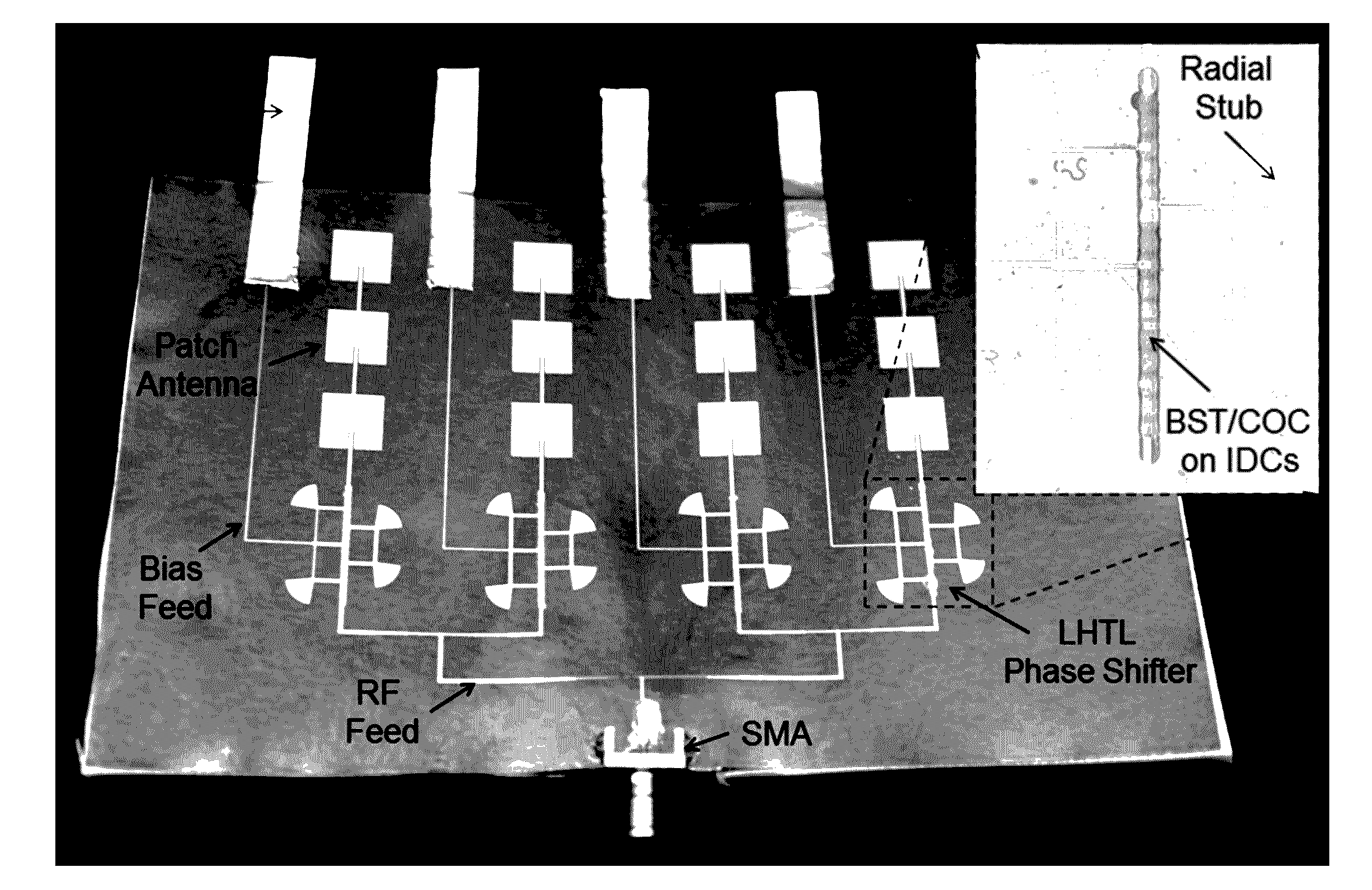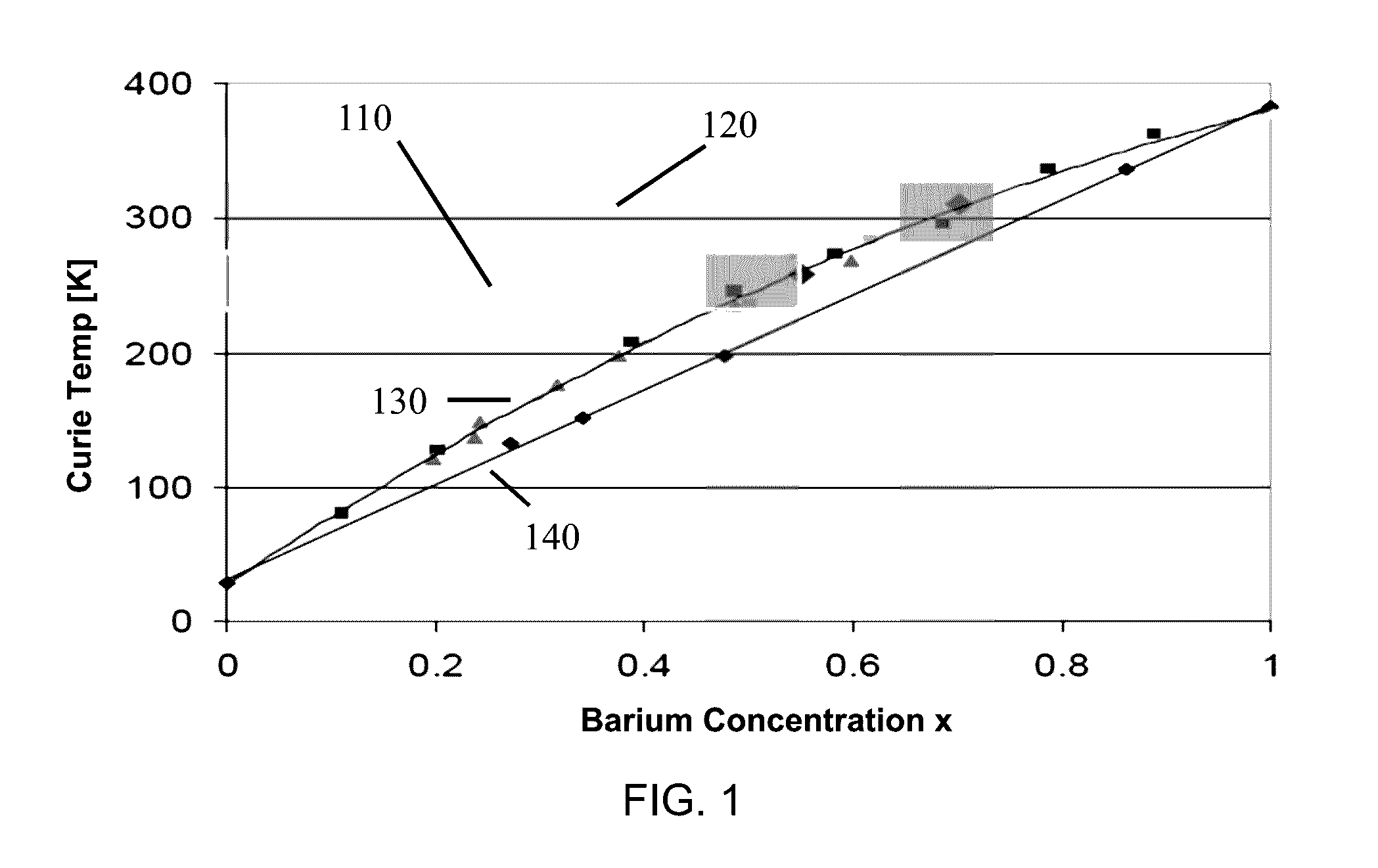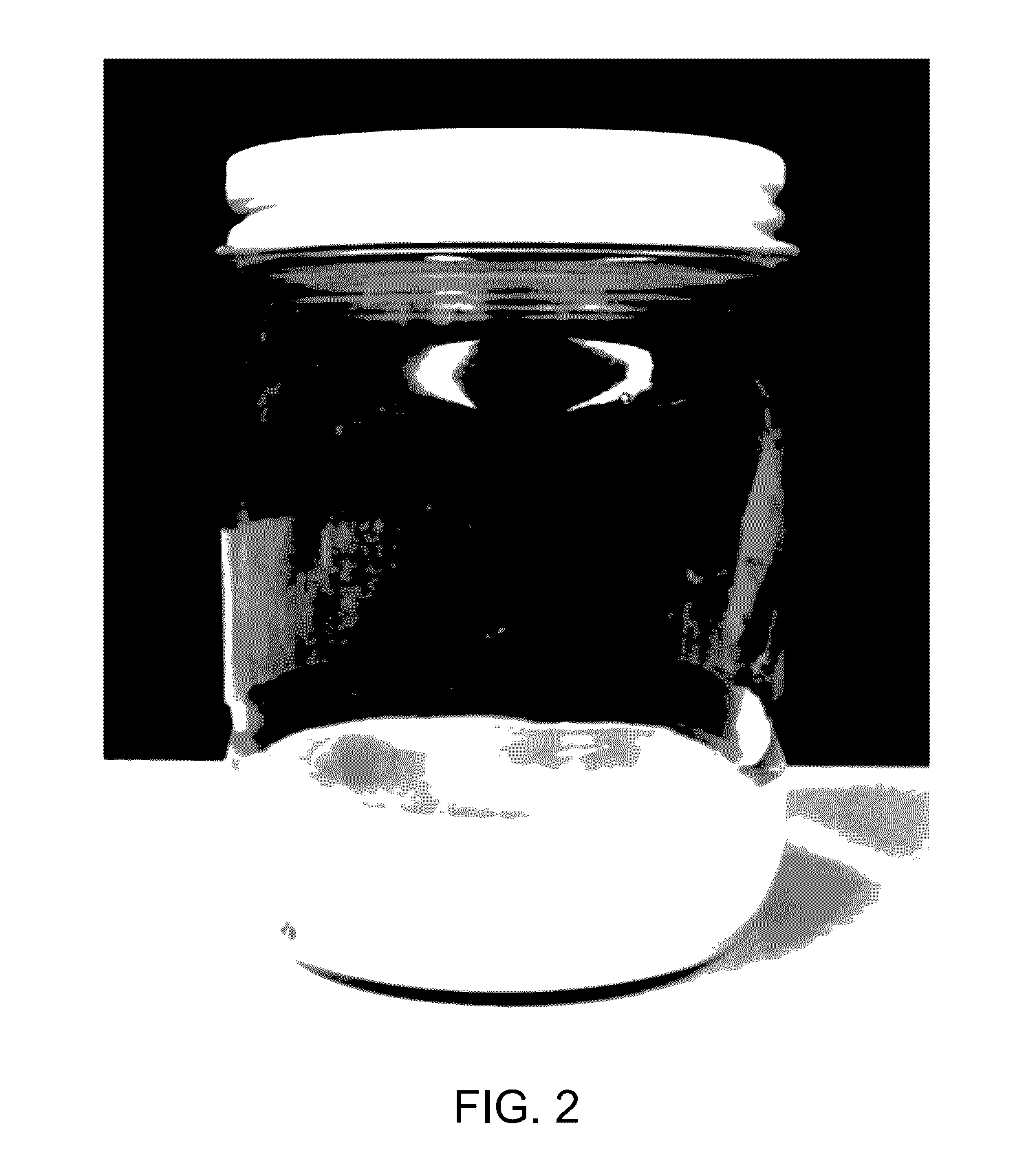Ferroelectric nanocomposite based dielectric inks for reconfigurable RF and microwave applications
a nano-composite, dielectric ink technology, applied in the direction of inks, waveguides, waveguide devices, etc., can solve the problems of inability to characterization of bst/polymer dielectrics at frequencies above 1 ghz, inability to use bst in the form of ceramic films, etc., and achieve the effect of low loss tangen
- Summary
- Abstract
- Description
- Claims
- Application Information
AI Technical Summary
Benefits of technology
Problems solved by technology
Method used
Image
Examples
Embodiment Construction
[0054]A fully printed varactor and a phase shifter using direct ink writing methodologies are described. A novel ferroelectric ink was developed and was employed using direct-ink writing techniques to print high dielectric constant, low loss, and electrostatically-tunable dielectrics on plastic substrates. It is believes that similar methods can be used on substrates that are not flexible, such as substrates comprising semiconductor materials or ceramics and the like. The dielectric is based on multiphase Barium Strontium Titanate (BST) / polymer composite made by suspending pre-sintered nano / submicron-sized particles of BST in a thermoplastic polymer, namely Cyclic Olefin Copolymer (COC). After printing with the ink, a low temperature curing process was performed at temperatures below 200° C., a temperature too low to sinter BST. RF measurements and characterizations showed that the sinter-less dielectric had a very high relative permittivity of εr=40 and a very low dielectric loss o...
PUM
| Property | Measurement | Unit |
|---|---|---|
| size distribution | aaaaa | aaaaa |
| temperatures | aaaaa | aaaaa |
| size | aaaaa | aaaaa |
Abstract
Description
Claims
Application Information
 Login to View More
Login to View More - R&D
- Intellectual Property
- Life Sciences
- Materials
- Tech Scout
- Unparalleled Data Quality
- Higher Quality Content
- 60% Fewer Hallucinations
Browse by: Latest US Patents, China's latest patents, Technical Efficacy Thesaurus, Application Domain, Technology Topic, Popular Technical Reports.
© 2025 PatSnap. All rights reserved.Legal|Privacy policy|Modern Slavery Act Transparency Statement|Sitemap|About US| Contact US: help@patsnap.com



